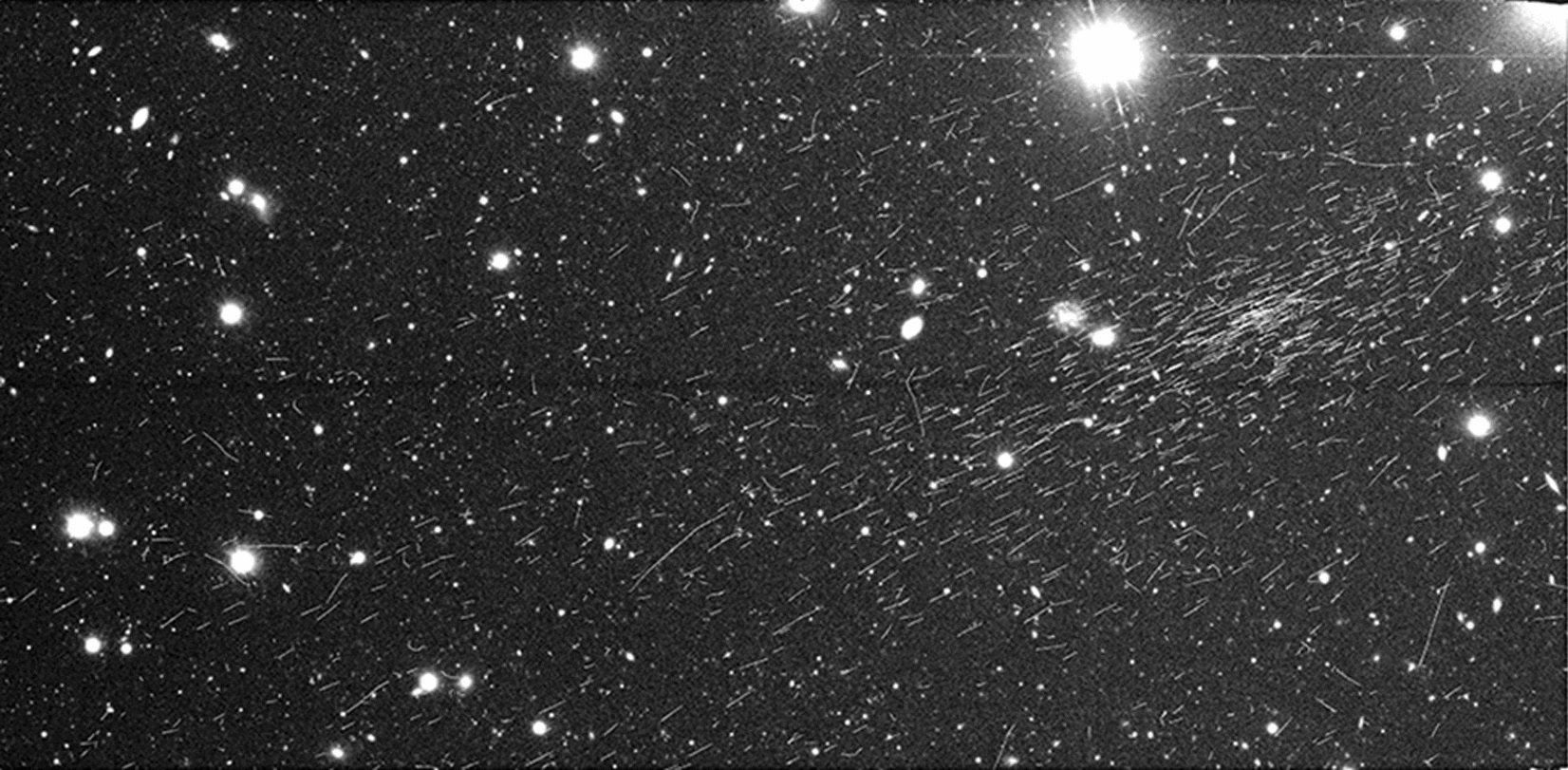Cosmic rays are an exciting and potentially dangerous phenomenon. These are high-energy particles consisting of protons stripped of their electrons and accelerated almost to the speed of light. They have always interested scientists with their mystery and influence on nature and outer space. When these rays interact with the Earth’s atmosphere, they create a huge amount of secondary particles, which are called air showers. These phenomena usually interfere with astronomers because they leave “traces” on their images of celestial objects, making it difficult to study asteroids, stars, galaxies and other celestial bodies.

Whoever hinders us will help us
Nevertheless, a group of researchers from the National Astronomical Observatory of Japan (NAOJ) and Osaka Metropolitan University has developed a new approach to the use of these cosmic rays, which opens up new opportunities for astronomy. They used a new method to observe these vast cosmic showers with unprecedented precision and detail. A key component of their method is the Subaru Prime Focus Camera (Suprime-Cam), which is mounted on the 8.2-meter Subaru telescope located on top of the Mauna Kea volcano in Hawaii.
This telescope was originally designed for visible light astronomy. But thanks to the revolutionary approach of researchers, it has become a tool for studying cosmic rays. Usually, when processing astronomical data, traces caused by cosmic rays are removed as noises that interfere with correct analysis. However, for this study, the team led by Toshihiro and Bradfield identified this very noise as a key component that should be analyzed. They analyzed thousands of images taken by Subaru’s Suprime-Cam. This 80-megapixel optical camera is notable for its ability to capture large fields of view and faint objects with high resolution.
The team analyzed approximately 17,000 images taken by the Suprime-Cam camera between 2014 and 2020 and identified 13 images that showed large “traces” of cosmic rays. These flows were detected with the help of abnormally large traces of particles that were not characteristic of ordinary noises. The data obtained by the team and the method they used can have a significant impact on astronomy, especially in areas where exotic particles are being studied.
New horizons of research
Led by Associate Professor Toshihiro Fujii from the Nambu Yoichiro Institute of Theoretical and Experimental Physics at Osaka City University and graduate student Fraser Bradfield from the Graduate School of Science, the team was joined by researchers from NAOJ, Hosei University, Graduate University for Advanced Studies (SOKENDAI), Berkeley Center for Theoretical Physics, the Lawrence Berkeley National Laboratory, the Kavli Institute for the Physics and Mathematics of the Universe (WPI), as well as the Planetary Exploration Research Center (PERC) and the Center for Frontier Science (CFS) at the Chiba Institute of Technology.
Professor Toshihiro Fujii noted that their method differed from conventional approaches to observations of cosmic rays in that it made it possible to distinguish between different types of particles that form a large “air shower”. This method opens up new possibilities for determining the nature of individual particles, which is of great importance for the study of exotic particles and understanding cosmic rays. This approach can also be used to search for dark matter and other mysterious elements of the Universe, helping to expand our understanding of the dominance of matter in the evolution of the Universe.
Earlier we reported on how scientists solved the mysterious property of meteorites.
According to nature.com
Follow us on Twitter to get the most interesting space news in time
https://twitter.com/ust_magazine

